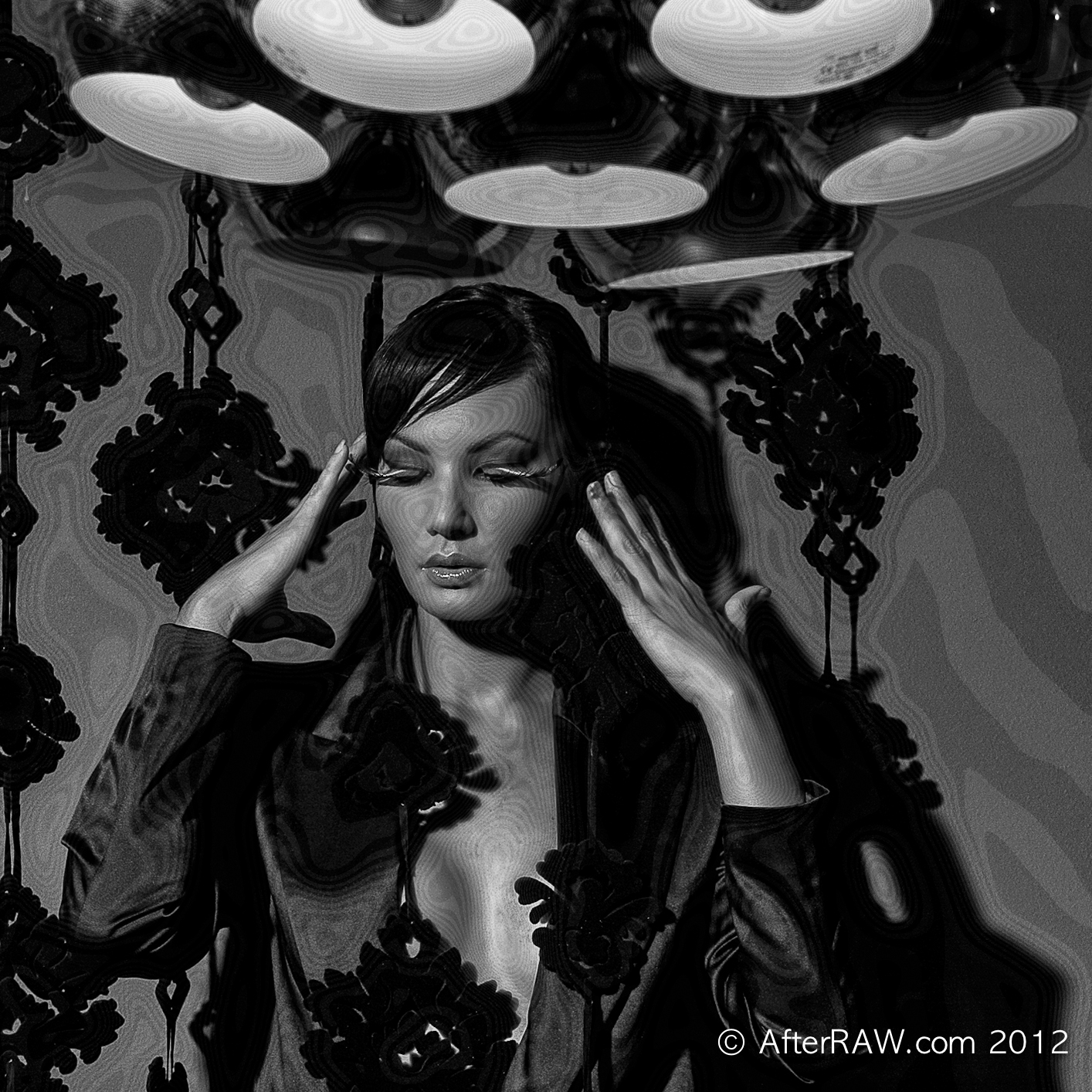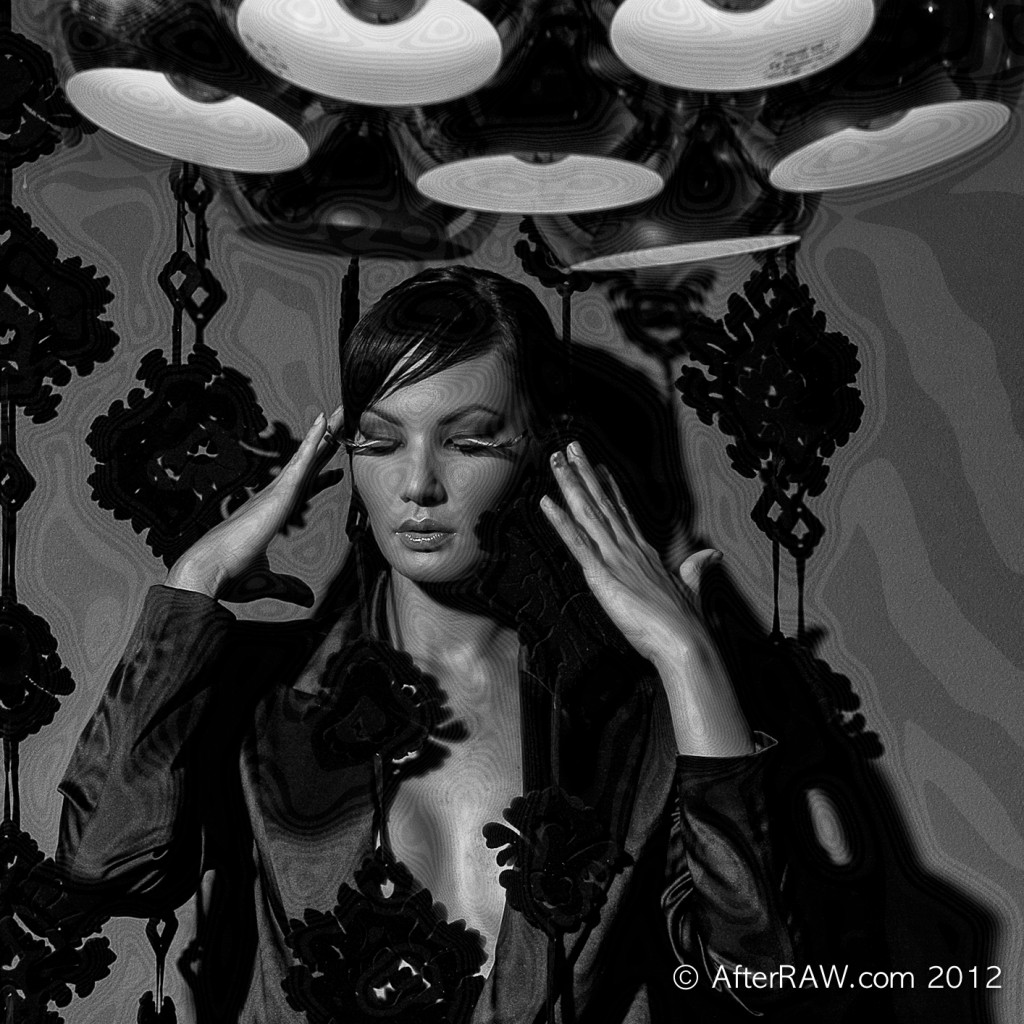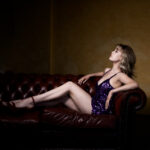Quality of Light
After a couple of weddings in a “traditional” way, I wanted to add something in my photos that would make my style a bit different from the photographer next door. I wanted to add another element that was not always available while shooting natural light. I wanted to add flash. It was something that at a very early stage, I wanted to master to be able to get out of any lighting situation for any kind of assignment. Naturally I started with Google.
There was one particular term that always came back either in blog posts or in online videos and that was “Quality of Light”.
I remember the very first videos that I watched on Youtube, they talked about quality of light. Being a novice at the time, I found it powerful, really cool and also impressed.
The video showed some fashion photographer in a big studio shooting with a big camera and what interested me the most were the yellow drums that he used as lighting gears. These were Briese gears. I then started Google and read everything I could find about Briese online.
As awesome as they could be, Briese equipements start somewhere around 12K USD for the smallest ‘Focus’. At that price, I would expect the light to be of a high level of quality… But it is a quality that I could not afford.
The Google exploration kept on going and I kept finding more and more alternative good “Quality of Light” from lower price equipments.
The most popular brands that I could find were Profoto, Broncolor, Elinchrom, Multiblitz… for the lighting equipments and modifiers (softbox and other light shaping tools).
Still a bit on the high budget for me so I kept on my crusade to find the “cheap” quality of light. Eventually, I found them.
Now, I can even find light modifiers that would fit on top of the TINY flash gun (speedlight) and still give you what the commercials would qualify as good Quality of Light…
Those big promises comes from equipments like GaryFong and a multitude of sub $50 speedlight modifiers on eBay.
I must admit, I did spend some money buying “cheapo” modifiers and getting quickly upset about their quality and ultimately wasted my money.
There was ONE question that I kept asking myself, even until now, that is: What is Quality of Light?
Again, I googled it.. and I can tell you that blogs posts and Youtube videos on quality of light is all over the place. A lot of Youtube video people would, on camera, teach you how to create a good quality of light and shoot it :0].. Sometimes, I told myself I should be a comedian ..
Anyway, I risked it and a few days ago, I posted this question in a social/forum site and asked how photographer would define Quality of Light (to be honest I don’t even have a clue what that is).
Against all expectations, I had all sorts of responses, related or not to the light itself and someone even started talking about religions…
One however would say it all and as sensible as it may be, the response was quite simple: No Light = bad Quality of Light | Some Light (from the dimmest form to absolute white) = good Quality of Light.
This reminds me of a book my brother offered me for my birthday a couple years ago.
The book was written by a photography teacher at the UNI (US) ..
In a very early chapter of the book, the author told the story of one of his most brilliant photography student.
He, the student, was one of those who would not leave room for any error in his photography and especially was very expecting in the Quality of his Light.
On a summer break, he was all excited about a trip home. He took all his camera gears and wanted to take a few portraits of his father, who was sick at the time.
When back to school, the teacher (the author of the book) asked his talented student how he went with the portraits of his father. He simply said that he didn’t take any portrait of his father because the light was not right each time.
A couple weeks after, his father passed away.
I remember that I didn’t read the book any further.
Because we now live in a world where instant and abundance are granted, our expectation are standardised with the amount of $$$ that sit behind the cost of each piece of equipment.
I got often asked by other photographers, amateurs or pros, on how I deal with noise, mixed colour lights, harsh mid day sun and so on. One of my common reply would be: Don’t focus too much on the gear because you will miss the shot.
Would you rather have a noisy, a bit out of focus image that would remind you or help you tell a story that you witnessed or a clean noise free image that would have been impossible to get without changing, interfering the scene.
Think of the brilliant photography student above. Won’t you think if he had taken a not ideal light quality portrait of his father, (grainy, mixed colour temperatures or whatever) that shot would be the best image he shot in his entire life? 10% of something is always better than 100% of nothing.
When I pay the mortgage for my equipments, the bank charges my from Monday to Sunday and 24 hours per day. The bank doesn’t charge me only for the hours when the light is “perfect” so why shouldn’t I shoot 24 hours a day?
If the light is not “good enough” I modify it. A harsh midday sun light is said to be bad light by someone but it would be the best light type for my particular assignment.
Mixed colour temperature lights are bad? Well… not really because I sometimes add coloured gels on my lights. Again it depends on the results that you are shooting for.
What I want to stress here is that here is NO definitions for good or bad Quality of Light, at least not for me and the most difficult part of a photograph is to freeze that moment that you are witnessing and reproduce a faithful image of the scene within a photograph. Again No Light = Bad Light because you can’t see. I can not witness a scene through a photograph that I did not see.
One of the thing that influenced a lot my photography is when I heard someone said: we only have ONE sun.
And one of my most expensive light modifier is the Profoto HarBox. This modifier allows me to just recreate the hard contrast and harsh shadow very characteristic from a direct sunlight.
Happy shooting and my the light be with you.
One last thing: People say that God’s light is the most awesomest one and I agree. Use it. Abuse of it. Just don’t waste it by trying to overpower it with artificial lights.














